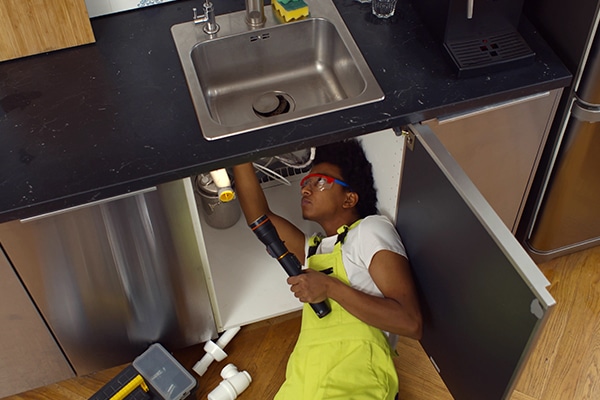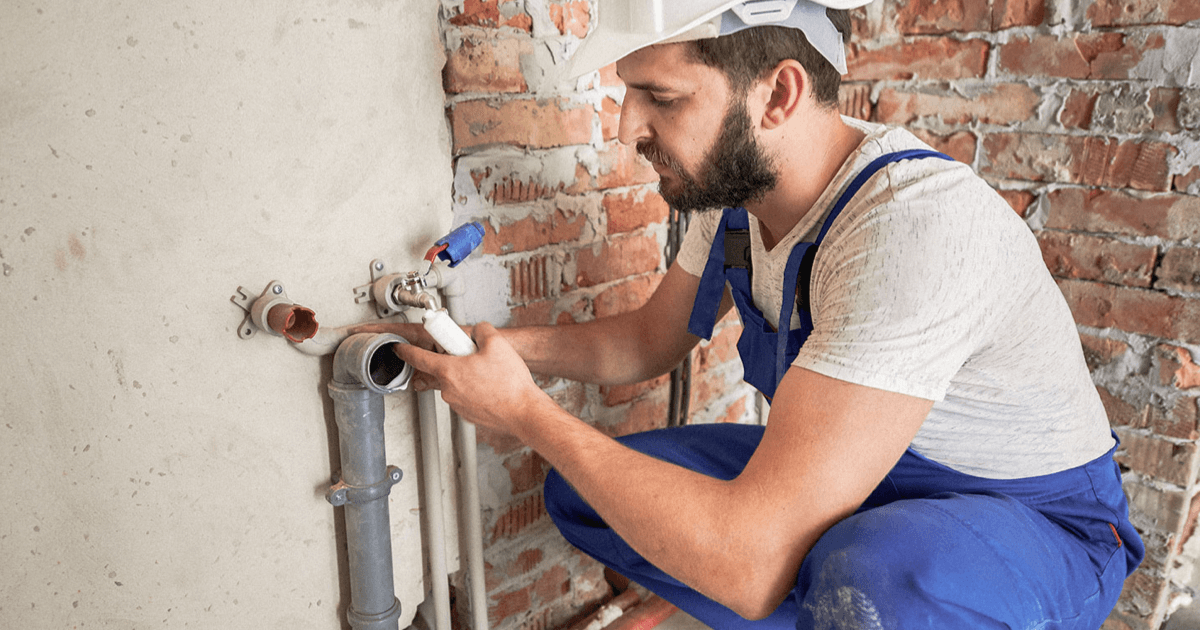A Step-by-Step Overview to Efficient Water Heater Installment for Ideal Efficiency
Getting started on the task of installing a water heater is an endeavor that requires accuracy and a systematic technique for achieving ideal efficiency. As you continue, the ins and outs of linking water supply lines and establishing up trustworthy electrical or gas connections await, promising understandings into making sure performance and integrity.
Selecting the Right Water Heating Unit

Following, think about the size and capacity of the hot water heater. It's important to evaluate your household's warm water demands, which can vary based on the variety of owners and their usage patterns. A device that's also small might lead to inadequate warm water, while an extra-large model may result in unnecessary power consumption.
Effectiveness ratings additionally play an essential role in option. Search for water heaters with high Power Variable (EF) scores, indicating premium performance and reduced power usage. Tankless designs, though normally a lot more expensive ahead of time, deal substantial energy savings over time because of their on-demand heating capacities.
Preparing the Setup Location
Prior to installing a brand-new water heater, thorough preparation of the installment area is essential. It's vital to measure the room thoroughly to suit the water heater's measurements, ensuring appropriate clearance around the unit for reliable operation and maintenance.
Inspect the flooring for security, as the water heater will certainly require a solid, level surface to run effectively. If necessary, install a drip frying pan under the device to capture possible leakages or spills, avoiding water damage to the surrounding area.
Additionally, ensure that all required tools and products get on hand prior to starting the installment. This consists of products such as wrenches, screwdrivers, a level, and any extra hardware required for mounting and securing the heater. A well-prepared installment location sets the foundation for an effective water heating system setup, optimizing performance and security.
Connecting Water Lines
When connecting supply of water lines to your recently set up hot water heater, it is important to make certain that all links are safe and secure and leak-free to keep efficient operation and protect against water damage. Begin by identifying the hot and cold water lines. The cool water inlet is commonly noted with a blue tag or a "C", while the warm water electrical outlet is noted with a red label or an "H".
Usage adaptable water heating unit adapters to facilitate an easier installation process. Prior to affixing the adapters, place a plumbing technician's tape around the threaded ends of the water heating system's inlet and outlet pipes.
When connections are in area, slowly switch on the primary water shutoff. Inspect each connection for leaks by visually feeling and inspecting for wetness. Tighten up links as essential, and ensure the pressure safety valve is correctly installed, securing versus too much stress accumulation.
Setting Up Electrical or Gas Connections
Appropriately establishing up the electric or gas links for your water heater is visit an important step to ensure effective and risk-free procedure. For electric water heaters, begin by validating that the electric circuit is compatible with the heating system's voltage and amperage demands.
For gas hot water heater, safety and security is extremely important. Validate that the gas supply is off before continuing. Link the gas line to the hot water heater utilizing a versatile gas adapter, guaranteeing it is effectively threaded and sealed with pipeline joint compound or Teflon tape ideal for gas links. Tighten up the connections with a wrench, making sure not to over-tighten (Plumbing Services Alabaster AL).
As soon as connections are made, evaluate for any type of potential leakages. For gas lines, apply a soapy water service to the joints; bubbles show a leak. For electric links, confirm that all circuitry is protected and effectively insulated, maintaining conformity with regional electric codes.
Testing and Changing for Efficiency
With the electrical and gas connections firmly in location, the following action is reviewing the functional performance of your water heating system. Begin by carefully activating the supply of water and making sure there are no leaks at any of the shutoffs or joints. As soon as validated, continue to load the container, focusing on the pressure and temperature settings. It is recommended to set the thermostat to a suggested temperature level of around 120 ° F(49 ° C) to balance energy efficiency and convenience.
Next, execute a comprehensive inspection to make certain the home heating aspects or burner are operating properly. For electric heating systems, make use of a multimeter to confirm if the elements are attracting the suitable current. In gas versions, observe the burner flame; it should be blue and consistent, indicating efficient combustion.
Readjust the settings as necessary to eliminate ineffectiveness. Take into consideration carrying out insulation procedures, such as adding a hot water heater covering, to this article better improve performance by reducing heat loss. Additionally, examine the anode pole's problem, as a tatty pole can lower effectiveness and cause tank corrosion.
Verdict
Reliable water heating unit installment is essential for making sure optimal performance and Web Site power savings. Safely attaching water supply lines and thoroughly establishing up electrical or gas connections decrease potential problems.

Effectively setting up the electric or gas links for your water heater is a critical step to make sure reliable and risk-free procedure. For electrical water heaters, begin by confirming that the electric circuit is suitable with the heater's voltage and amperage needs. Connect the gas line to the water heating unit utilizing an adaptable gas connector, ensuring it is appropriately threaded and secured with pipe joint compound or Teflon tape suitable for gas connections.
Comments on “Inexpensive Plumbing Services Alabaster AL for each Budget”